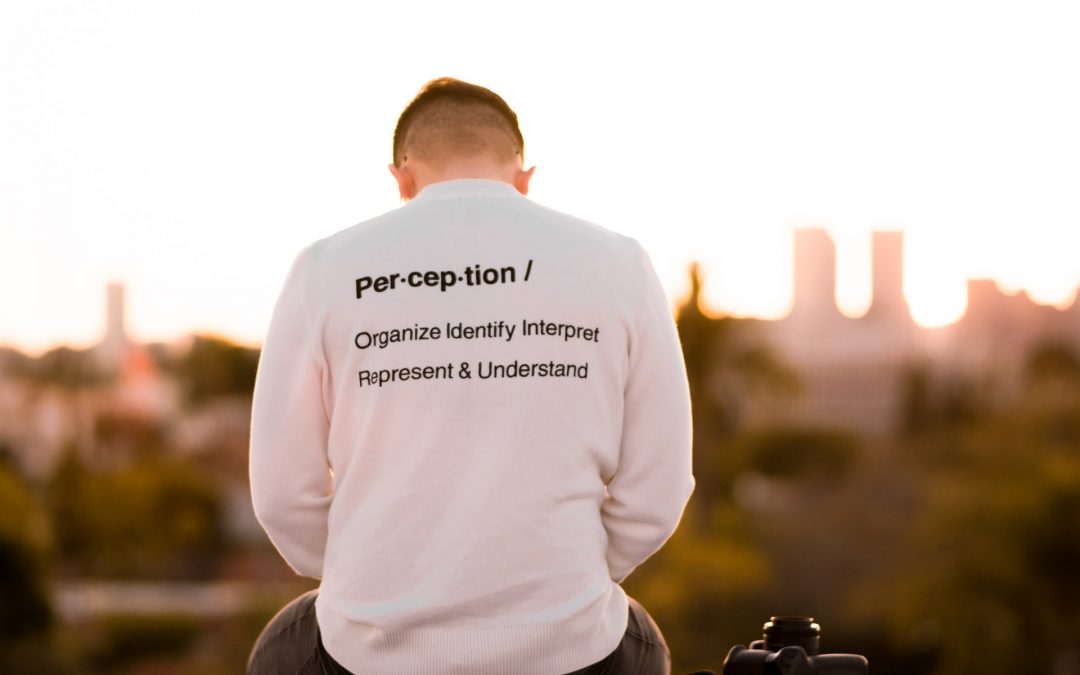
Is Generational Relatability An Issue?
We’re going to talk about generational differences today and how they impact our relationships with others that are older or younger than us.
Last month, Mediapost shared a Quick Refresher on Demographics and that was part of the inspiration for this along with some stuff going on in my own life.
First, I’ll reveal me:
Baby Boomer, graduated from high school in the late 70’s. I was alive when JFK was shot but have no memory of it because I was a toddler. During most of the 60’s, I was not aware of the political turmoil or cultural revolutions that were going on. I was just a kid.
Watergate was the first time I really noticed much about political stuff. When Nixon resigned, I was becoming a teen and was more into teen stuff like girls and music than adult stuff. Musically I was into Top 40 and those songs from the mid 70’s to mid 80’s were the foundation for a couple of reasons. 1st, was listening to the radio as a kid and then I was a teenage disc-jockey from age 16 to 25 on the radio for a decade before moving to the advertising side of broadcasting in Detroit in the late 80’s.
My wife is 8 years older than me and most of her friends are around her age, not mine. We’ve been married for a couple of decades and I would tease her about stuff that happened “before I was born”. Yet as we get older, we’ve realized that those 8 years are not as significant compared to other generations.
Our 5 kids (from our first marriages) were all born in the 80’s and most of them have kids so there’s another generation in our family now.
I recall 20 years ago when I took a break from media and marketing and learned how to run a thermoformer in a plastics plant that the people working for me were closer to my kids age than mine and that was one of the motivating factors to return to radio and get out of the very physically demanding factory world.
Now at the broadcasting company I work for, we are hiring people that are 10 years younger than my kids. While it kind of makes me feel old at times, I’ve also enjoyed the role I play as a leader, mentor, and coach. Plus I can still out perform many of the advertising account executives in our company, but that is not my focus.
So as you and I move forward in 2022 and the years ahead, it’s important to understand some of the differences in generational relatability that I’m about to share. A dozen years ago I was a guest speaker on personal branding to a group of Huntington University students and realized that an example I used of TV personality Larry King was unrelatable, so the following year I updated my presentation to fix that.
Here’s the Mediapost story:
In 2018, the Pew Research Center determined that 1997 was the starting date for Generation Z. Anyone born from 1981 to 1996 is deemed a millennial, and anyone born since 1997 is a Gen-Zer.
At this point, the oldest Gen-Zers are turning 25 this year and the rest are teens or younger. (The cutoff for Gen Z births appears to be 2012.)
Among the differences between Gen Z and millennials (also called Gen Y) are:
– Most Gen-Zers have little or no memory of 9/11. Instead, they grew up with lines clearly drawn between the political parties after the event.
– Generation Z is the most ethnically diverse generation in U.S. history. The next most-diverse generation is millennials. Some 52% of Gen Z is white, 25% is Hispanic, and 4% is Asian, again according to Pew.
– The iPhone launched in 2007, when the oldest Gen-Zers were 10. They came of age as social media, mobile computing and constant connectivity were part of the landscape.
– According to a 2021 survey, the top brands for Gen Z were Google, Apple and Amazon. Netflix, Chick-Fil-A and Vans came in after that. But that survey is far from definitive. Others have put Nike at No.1, Netflix at No. 2 and YouTube at No. 3.
For millennials, the top brands were Apple, Nike and Amazon, according to marketing firm Moosylvania. Google was No. 8.
In other words, there doesn’t yet appear to be a deep divide between Gen Y and Gen Z. That contrasts with the divide between Gen X and Baby Boomers, which was driven by some big differences. Baby boomers currently comprise 70 million people, versus 65.2 million for Gen X, according to Insider Intelligence. That doesn’t seem like a huge difference, but Gen X was marked by a “baby bust” mentality that sported attitudes of cynicism and skepticism after the euphoria of boomers.
Baby boomers also had a clear starting point (the end of World War II) and ending (1964, when the birth rate began falling). Since then, the delineations between generations seems somewhat arbitrary. As a result, those expecting a huge chasm between Gen Y and Gen Z may come up short.
Some additional insight as you consider all of this is to not make broad assumptions about someone because of the generation they were born into. I am much more active than my son when it comes to online behavior. I was also an early adopter compared to folks 10 to 20 years younger than me. I had to push and pull some of my former co-workers to move forward with certain things that they thought were just a fad, but clearly were much bigger and longer lasting. Twitter is the example that comes to mind.
Want to know more or do you have some insights to share? Contact me.




